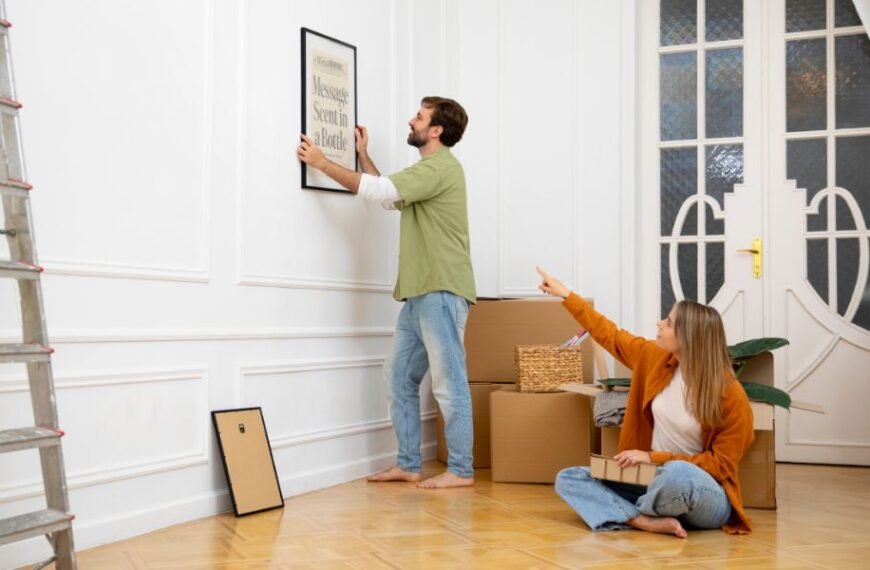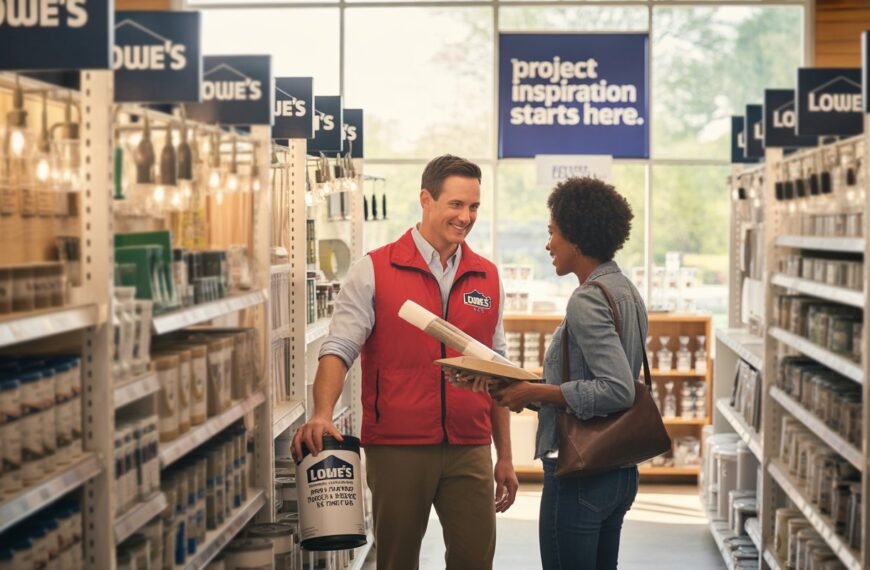If you are wondering how to improve water pressure in home, you are not alone. Many homeowners face weak water flow in showers, faucets, and kitchen sinks. Low water pressure can be annoying, especially when you expect a refreshing shower but only get a trickle.
The good news is that you can often fix low water pressure without calling a plumber. From checking for leaks to cleaning fixtures, there are simple steps you can take to restore steady water flow. In this guide, we will explain what causes low water pressure, why it matters, and easy methods to improve it.
Understanding Water Pressure in a Home

Before learning how to improve water pressure in home, it helps to know what water pressure really means. Water pressure is the force that pushes water through your pipes and out of your taps. It is usually measured in pounds per square inch (PSI).
For most homes, the ideal water pressure range is between 40 and 60 PSI. If it falls below this range, water may flow slowly from taps and showers. On the other hand, if pressure is too high, it can damage pipes and appliances.
Several factors can cause low water pressure, such as clogged pipes, half-open valves, faulty pressure regulators, or buildup in fixtures. Understanding these basics helps you know where to start when fixing the problem.
Why Improving Water Pressure is Important

Improving water pressure in your home offers many benefits. It’s not only about comfort but also about keeping your plumbing system healthy.
- Better Daily Comfort: A shower with strong water flow feels refreshing. Washing dishes or doing laundry is also easier.
- Saves Time: Stronger water pressure means faster filling of buckets, tubs, and washing machines.
- Improved Cleaning: High pressure makes it easier to rinse soap, shampoo, and detergent, leaving things cleaner.
- Protects Appliances: Appliances like washing machines and dishwashers work better with proper water pressure.
- Prevents Stress on Pipes: Fixing pressure issues reduces strain on plumbing, preventing leaks and damage.
By taking small steps to improve water pressure, you improve both comfort and efficiency at home.
How to Improve Water Pressure in Home: Step-by-Step Guide

Now let’s look at actionable methods you can try. Each step is simple and can make a big difference in your water flow.
Check for Leaks in Your Plumbing
Leaks are one of the most common causes of low water pressure. Even a small leak can reduce flow throughout the house.
Walk around your home and check visible pipes, faucets, and toilet tanks for dripping water. Listen for sounds of water running when taps are off. If you spot a leak, repair it as soon as possible.
Not only will this improve pressure, but it will also save you from wasting water and money.
Inspect the Main Water Valve
The main water valve controls the amount of water entering your home. Sometimes, it may not be fully open.
Locate the valve near your water meter or where the main pipe enters your house. Turn the handle all the way to ensure it is fully open. A partially closed valve can drastically cut water flow without you realizing it.
Clean Faucet Aerators and Showerheads
Over time, mineral deposits from hard water can clog aerators and showerheads. This buildup narrows openings and reduces water flow.
To fix this:
- Unscrew the faucet aerator or showerhead.
- Soak it in vinegar for several hours to dissolve mineral deposits.
- Use a small brush or toothpick to remove remaining buildup.
After cleaning, reattach and run water. You will likely notice a stronger flow right away.
Flush the Water Heater
Sediment often builds up inside water heaters, especially in areas with hard water. This buildup reduces water flow in hot water taps.
To flush the heater:
- Turn off the power or gas supply.
- Attach a garden hose to the drain valve and place the other end outside.
- Open the valve and let water drain until clear.
- Close the valve and restart the heater.
This simple step restores water flow and also improves heating efficiency.
Adjust or Replace the Pressure Regulator
Many homes have a pressure regulator installed near the main water line. This device controls water pressure. If it malfunctions, pressure can drop.
A plumber can check the regulator with a gauge and adjust it to the proper PSI range. If it’s broken, replacing it can quickly solve the issue.
Inspect Shower Arms and Pipes
Sometimes the issue is not the fixture but the pipe leading to it. Remove the shower arm and look inside for mineral buildup or rust.
Cleaning or replacing the shower arm can restore water flow. If pipes are old and corroded, you may need a plumber to inspect them.
Ensure Valves Are Fully Open
Apart from the main valve, your home may have smaller shutoff valves on individual water lines. These can be under sinks or behind toilets.
Make sure these valves are turned all the way open. A slightly closed valve can lower water flow to that fixture.
Install a Water Pressure Booster Pump
If your whole home has low water pressure and none of the fixes above work, a booster pump can help.
A booster pump increases water flow from the main supply. It is installed near your water line and keeps pressure steady. While this may require professional installation, it is one of the most effective long-term solutions.
Maintain Your Plumbing System
To prevent future problems, regular maintenance is key. Flush your water heater yearly, clean aerators every few months, and inspect valves often.
Keeping your plumbing system in good condition ensures consistent water pressure and reduces costly repairs later.
When to Call a Professional
If you have tried all the steps and still struggle with low water pressure, it may be time to call a licensed plumber.
Professional plumbers can check for hidden leaks, corroded pipes, or complex issues with the main supply. Getting expert help ensures your plumbing system works safely and efficiently.
Conclusion
Knowing how to improve water pressure in home can save you time, money, and stress. Whether it’s cleaning a clogged showerhead, flushing the heater or adjusting the regulator, small steps can make a big difference.
Start with simple fixes like checking for leaks and cleaning fixtures. If problems continue, consider advanced solutions like a booster pump or professional inspection. With proper care, you can enjoy strong, steady water pressure every day.
FAQs
Why is my home water pressure suddenly low?
Sudden drops in pressure often come from leaks, clogged pipes, or a partially closed valve. Checking these areas usually solves the issue.
How can I test water pressure in my home?
You can attach a pressure gauge to an outdoor faucet. Normal pressure should read between 40 and 60 PSI. Anything below 40 may feel weak.
Can a showerhead really improve water pressure?
Yes, some showerheads are designed to optimize flow. Cleaning or replacing a clogged one often improves pressure immediately.
Is low water pressure dangerous?
Low pressure itself is not dangerous, but it can indicate leaks or pipe damage. Over time, these issues may cause costly problems.
How much does a water pressure booster pump cost?
A basic booster pump can range from $200 to $500. Professional installation may add to the cost but ensures proper setup.
Does flushing the water heater improve water pressure?
Yes, flushing removes sediment that blocks flow in hot water lines. It also improves heating efficiency and extends the life of the heater.









